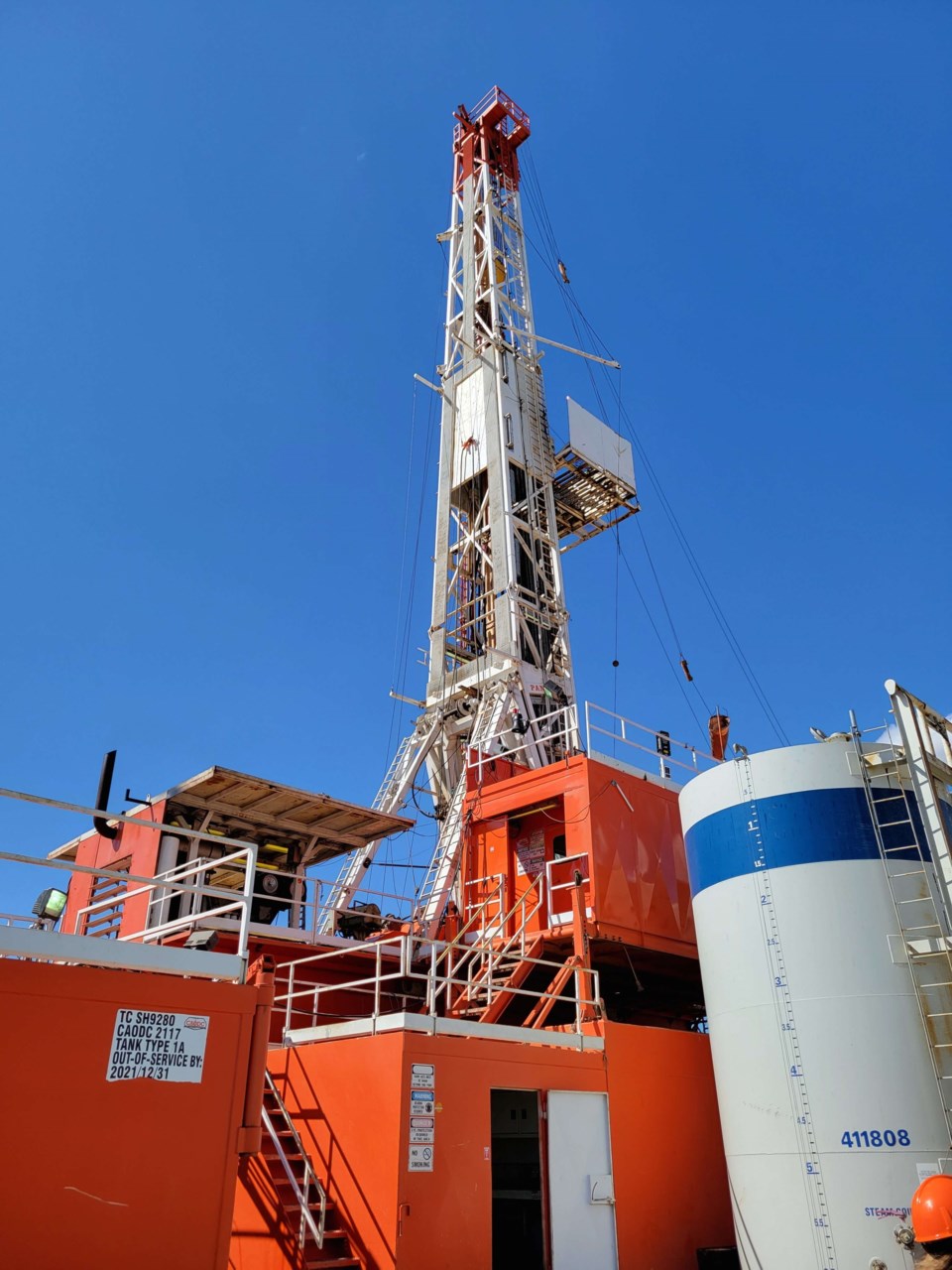SASKATOON -
Deep Earth Energy Production Corp. (DEEP) has announced that a strategy for the engineering, construction and commissioning of its first 25-megawatt (MW) geothermal project in southeast Saskatchewan has been finalized.
Engineering and procurement activities have commenced, DEEP said in a news release Monday. Field construction is planned for the third quarter of this year.
Geothermal power generation has the capacity to provide renewable, reliable baseload energy, the company said, and the DEEP project in Saskatchewan is anticipated to be the first naturally-sourced geothermal power facility in Canada.
DEEP says it has concluded that the reservoir characteristics could support the construction of multiple geothermal expansion facilities in southeast Saskatchewan over several years.
“We are a go,” said DEEP CEO Kirsten Marcia, who is originally from Estevan. “There is a market that is hungry for truly sustainable, renewable power projects. The technology is proven, the leases are in place and initial government funding is confirmed.”
The facility near Torquay includes a five-megawatt power purchase agreement with SaskPower. It is planned to be constructed in two phases, with five megawatts followed by an additional 20 megawatts at the same location.
Production and injection wells are planned to be drilled to a depth of approximately 3 1/2 kilometres and horizontally for an additional three kilometres.
DEEP says its “ribcage” layout and geothermal well field design are “leading edge” and might be a “globally transformative application” of modern oil and gas drilling and completions techniques, which DEEP said will be applied for the first time on a renewable energy project.
Wells with equivalent depth, lateral length and step out are routinely drilled in the hydrocarbon resource plays of the Western Canadian Sedimentary Basin, and DEEP says it will be leveraging this local knowledge and drilling capability.
The well design also incorporates learnings from DEEP's five vertical and one horizontal test wells drilled from 2018-2021.
To help prevent corrosion, all wells are engineered to be completed with carbon steel tubing that
incorporates a non-metallic coating.
The subsurface geological reservoir model predicts that the well spacing for the first 25-megawatt field development will utilize only 10 per cent of DEEP’s entire subsurface lease that covers 39,568 hectares (97,775 acres).
This large subsurface lease is anticipated to support the build-out of multiple power facilities greater than 200 megawatts. Twenty-five megawatts is roughly equivalent to the power required to supply 25,000 households.
The geothermal resource is designed to generate power utilizing organic rankine cycle (ORC)
technology, which is fast becoming the most deployed technology for new geothermal installations.
Engineering and procurement activities of long lead well and surface facilities items are underway. Licensing and permitting for all well and surface facilities are anticipated to commence in the first quarter of this year.
Field work for a 56.2-square kilometre, three-dimensional seismic program has commenced and is projected to be completed in March.
Data will be utilized for horizontal well trajectory planning on the eastern half of the first well array and for future expansion planning.
GeothermEx (SLB) has started a final review of DEEP’s geothermal resource. GeothermEx’s due diligence has resulted in more than 8.5 gigawatts of geothermal power and related investments exceeding US $14 billion.
First power production is estimated by the summer of 2024.
In addition to geothermal power production and with proper regulatory approvals, the DEEP subsurface lease contains separate stratigraphic intervals that are anticipated to have the characteristics necessary for CO2 storage.
DEEP says it is exploring strategic CO2 storage opportunities in efforts to develop a major multi-use CO2 storage field.
Two new officers were appointed for the company in 2022: Christie Gradin as chief financial officer and Steve De Maio as chief operating officer. Gradin brings extensive expertise to DEEP, having held numerous senior financial and management positions in both private and publicly-traded companies.
Previously, she held the position of director of finance and administration at SED Systems and has experience in both the insurance and financial services industries. She attended the University of Saskatchewan where she obtained her bachelor of commerce degree with great distinction and a master of professional accounting.
De Maio has 29 years of industry experience and has held executive positions for more than two decades. He has built and led multi-disciplined teams of professionals and support staff in the execution of design, drilling, completions, construction, commissioning and operations of steam, water, oil and power production projects totalling over $2 billion in development costs.
His distinct competences include capital projects, design, engineering, procurement, construction, commissioning, operations, technology development, corporate and business development, strategy, finance, corporate and economic modelling.
DEEP was named the Exceptional Engineering/Geoscience Project Award Winner of 2022 by the Association of Professional Engineers and Geoscientists of Saskatchewan.
DEEP says it is grateful for the ongoing support from Natural Resources Canada, SaskPower and private partners.




